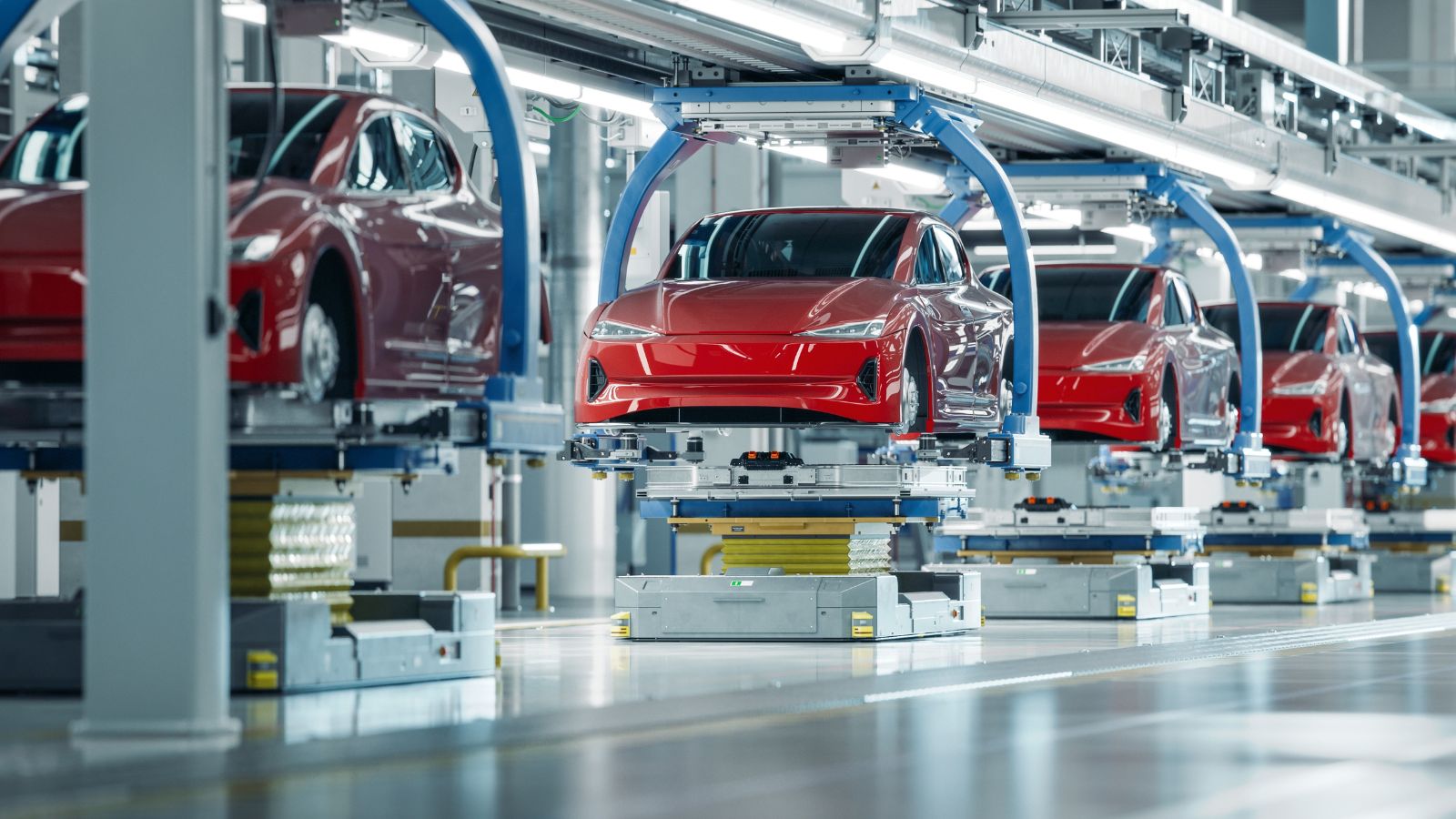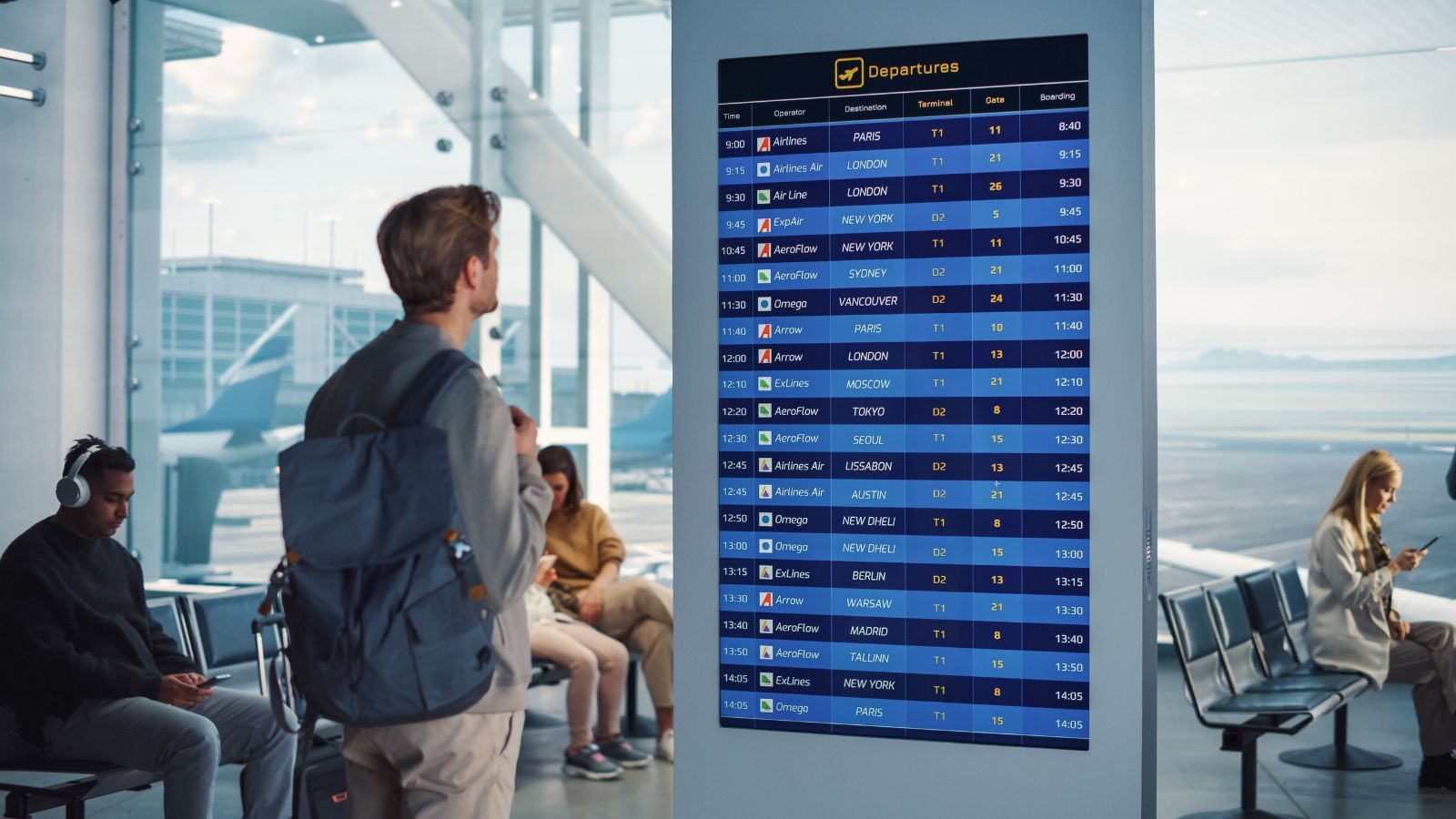Canadians are feeling the pinch as the cost of everyday habits continues to rise. Inflation, supply chain disruptions, and economic shifts have all contributed to the rising costs in C. While some increases were expected, others have taken consumers by surprise. Let’s take a look at 26 common habits that are now costing Canadians more than ever.
Grocery Shopping

Food prices have soared across Canada, making it harder for households to stick to their grocery budgets. Essentials like dairy, vegetables, and meat have seen some of the steepest price hikes. Even staple items like bread and pasta have become more expensive due to higher production and transportation costs. Many Canadians are turning to discount grocery stores and bulk buying to manage expenses. However, even budget-friendly options have been affected by rising prices.
Dining Out

Due to rising food costs and higher wages in the hospitality industry, a simple meal at a restaurant is now noticeably more expensive. Even fast-food prices have increased, making quick meals less affordable than before. Many restaurants have reduced portion sizes while keeping prices the same, a phenomenon known as “shrinkflation.” Some Canadians are cutting back on dining out altogether or opting for takeout deals instead. The rising cost of ingredients also means restaurant promotions and discounts are becoming rarer.
Gasoline and Transportation

Fuel prices remain volatile, with many Canadians paying more at the pump than ever before. Rising crude oil costs, carbon taxes, and global market factors contribute to fluctuating gas prices. Commuters and road-trippers are feeling the strain, forcing many to rethink their driving habits. The increasing cost of fuel impacts delivery services, causing a ripple effect on consumer prices.
Streaming Services and Subscriptions

Canadians are paying more for their favorite streaming services as platforms raise their subscription fees. Companies have introduced higher-tier pricing, and some services now charge extra for password sharing. Many people are reevaluating their subscriptions and cutting back on non-essential streaming to save money. Music streaming platforms and online gaming services have also increased their prices. Even cloud storage and software subscriptions are becoming pricier, adding to monthly expenses.
Cell Phone Plans and Internet

Telecom costs in Canada were already among the highest globally, and they continue to climb. Many major providers have quietly increased their monthly rates, leaving customers with fewer affordable options. Some users are switching to smaller, regional carriers to find better deals. Home internet prices have also risen, especially for those needing high-speed connections for remote work or streaming. Hidden fees and data overage charges make managing telecom bills even more challenging.
Home Heating and Utilities

Heating bills have gone up as energy prices rise across Canada, particularly during colder months. The cost of natural gas and electricity has increased, making it more expensive to keep homes warm. Some homeowners are investing in energy-efficient appliances and insulation to offset costs. Utility companies have also introduced new fees, adding to overall household expenses. Even water bills in some municipalities have seen unexpected hikes.
Rent and Mortgage Payments

Housing costs continue to climb, with rent prices reaching record highs in many Canadian cities. Mortgage rates have also increased, making homeownership more expensive. Limited housing supply means demand is outpacing affordability, forcing many to stay in rental housing longer. Even those with fixed-rate mortgages are facing higher renewal costs. Many Canadians are delaying homeownership or downsizing to cope with rising expenses.
Childcare and Babysitting

Due to rising wages and increased demand, parents are paying more for daycare services and babysitters. Some childcare centers have limited availability, forcing families to pay premium prices for spots. Government subsidies help reduce costs, but they don’t cover all expenses, leaving families to budget carefully. Babysitting rates have also gone up, making occasional childcare more costly. Parents are exploring alternative options, such as family help or work-from-home adjustments, to manage expenses.
Gym and Fitness Classes

Staying fit is getting more expensive as gym memberships and fitness classes see price increases. Many fitness centers have raised fees to cover higher rent and operational costs. Personal training sessions and specialty classes, like yoga and pilates, are becoming luxury expenses. Some Canadians are switching to home workouts or free outdoor exercise to save money. Equipment and workout gear have also become more expensive due to higher manufacturing and shipping costs.
Insurance Premiums

Auto, home, and health insurance premiums have increased, adding financial strain to households. Rising claims and inflation have led insurers to adjust their rates, making coverage more expensive. Some policyholders are reducing their coverage or increasing deductibles to lower their monthly payments. Discounts and bundling options help, but they don’t fully offset the rising costs. Many Canadians shop around for better deals but find fewer affordable alternatives.
Home Renovations and Repairs

The cost of materials and labor for home improvements has skyrocketed in recent years. Lumber, paint, and appliances have all become more expensive due to supply chain disruptions. Contractors are charging higher fees, making even small renovation projects costly. Many homeowners are postponing upgrades or opting for DIY solutions to cut costs. Even basic home maintenance services, like plumbing and electrical work, have increased in price.
Auto Repairs and Maintenance

With auto repair prices increasing significantly, keeping a car on the road now costs more than ever. Even minor fixes are now more expensive. Labor costs for mechanics have risen, further driving up repair bills. Regular maintenance, such as oil changes and tire replacements, has also seen price hikes. Many Canadians are holding onto their cars longer, delaying non-urgent repairs.
Public Transportation

While public transit was once a budget-friendly alternative, fares are rising across Canadian cities. Fuel costs and maintenance expenses have forced transit systems to increase ticket prices. Some regions have reduced service levels, making commuting less convenient. Monthly passes, which were once a cost-saving option, now offer less value. Many commuters are reconsidering their transportation choices due to these added costs.
Movie Theaters and Entertainment

A simple night at the movies is becoming a luxury as ticket prices and concessions soar. Many theaters have increased prices to recover from pandemic-related losses and inflation. Even streaming at home has become more expensive, with rising subscription costs. Concert tickets and live event prices have also climbed due to increased production costs. As a result, many Canadians are cutting back on entertainment spending.
Alcohol and Tobacco Products

Drinking and smoking are getting pricier due to higher taxes and stricter regulations. Alcohol prices have risen as production and distribution costs have increased. Tobacco products continue to face tax hikes, making smoking an increasingly costly habit. Even craft beer and locally produced spirits are seeing price jumps. Many Canadians are reducing their consumption or switching to lower-cost alternatives.
Personal Care and Beauty Services

Haircuts, spa treatments, and other personal care services now come with higher price tags. Many salons and barbershops have raised their rates to cover increased rent and wages. Skincare and cosmetic products are also more expensive due to rising production costs. Even DIY beauty products and services have become costlier, making at-home alternatives less affordable. Some Canadians are cutting back on self-care services or spacing out appointments.
Pet Care and Veterinary Bills

Owning a pet has become significantly more expensive, from food to medical care. Vet fees have increased due to higher demand and rising costs of medicines and procedures. Pet food and supplies have also seen price hikes, making routine care more costly. Many pet owners are struggling to afford unexpected veterinary bills. Some Canadians are switching to budget-friendly pet care options, but quality care remains a concern.
Clothing and Footwear

Apparel prices are rising as global supply chain disruptions impact production and transportation. Many major retailers have raised prices, making it harder to find affordable clothing. Even discount brands and second-hand stores have become more expensive. Seasonal sales and promotions are less frequent, reducing savings opportunities. Canadians are increasingly turning to online shopping or buying fewer, higher-quality items.
Education and School Supplies

Back-to-school shopping is hitting parents’ wallets harder than before. Textbooks, stationery, and even basic school supplies have become more expensive. Post-secondary tuition fees are rising, adding to the financial burden on students and families. Online learning platforms and tutoring services have also increased their prices. Many families are budgeting more carefully to cover essential educational expenses.
Airline Travel and Vacation Costs

Travel is becoming a luxury as airfare and accommodation costs rise sharply. Higher fuel prices and increased operational expenses have led airlines to charge more. Hotel rates and vacation rental prices have also increased due to high demand. Even budget travel options, such as camping or road trips, have become pricier. Many Canadians are opting for local getaways or delaying vacations altogether.
Coffee and Takeout Beverages

Your morning coffee run is costing more, whether from a café or a grocery store. Many cafes have quietly raised their prices or reduced serving sizes to maintain profits. Takeout beverages, like smoothies and bubble tea, have also become more expensive. More Canadians are switching to homemade brews to save money.
Fast Food and Convenience Meals

Grabbing a quick meal is no longer the cheap option it used to be. Fast-food chains have raised menu prices due to increased ingredient and labor costs. Value meals and combo deals are less common, making takeout a more expensive choice. Even frozen meals and pre-packaged foods at grocery stores are seeing price hikes. Many people are cooking at home more often to cut down on expenses.
Home Cleaning Products

Household cleaning supplies, from dish soap to laundry detergent, are considered a significant expense. Eco-friendly and organic cleaning products have seen some of the steepest price increases. Some Canadians are turning to DIY cleaning solutions or buying in bulk to save money. Even paper products like tissues and paper towels are becoming more expensive.
Recreational Activities and Hobbies

Whether it’s gym memberships, crafting, or sports, hobbies now come with higher costs. Equipment and supplies for activities like painting, photography, or gardening have increased in price. Gym fees and fitness class rates continue to rise as facility costs climb. Even outdoor activities, like camping and fishing, are becoming pricier due to permit fees and gear costs. Many Canadians are reevaluating their leisure activities to stay within budget.
Electric Vehicle Charging

EV owners were once promised lower running costs, but electricity rates are climbing. Public charging stations have increased their fees, making road trips more expensive. Even home charging is more costly as hydro rates rise in many provinces. Some incentives for EV adoption have ended, increasing the upfront cost of ownership. Despite this, many Canadians still see EVs as a long-term cost-saving investment.
Fitness and Sports Equipment

Exercise equipment, bicycles, and sporting gear have all seen price jumps. High demand during the pandemic led to supply shortages, and prices haven’t fully stabilized. Even used equipment is more expensive due to limited availability. Gym equipment, such as treadmills and weights, may seem costly for some home users. Many Canadians are looking for second-hand deals or sticking to bodyweight workouts to save money.
Conclusion

Everyday life in Canada is getting more expensive, forcing people to rethink their spending habits. Inflation, supply chain disruptions, and global economic changes are making necessities harder to afford. While some find ways to cut costs, others adjust their budgets to keep up. As prices continue to rise, staying informed and making smart financial choices will be essential.
25 Countries Predicted to Become Economic Superpowers in the Next 20 Years

The strength of an economy plays a crucial role in various international policies about trade and relations. Certain factors determine the strength of an economy, including population growth, availability of resources, and development and advancement. Here are 25 countries predicted to become economic superpowers in the next 20 years
25 Countries Predicted to Become Economic Superpowers in the Next 20 Years
